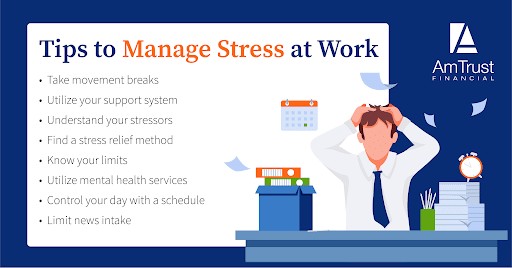
In the fast-paced, demanding world of business, there is a pervasive and often celebrated culture of hustle. The idea that longer hours, less sleep, and constant connectivity are the keys to success has become a widely accepted narrative. However, this relentless pursuit of productivity comes at a steep price, leading to a state of physical, mental, and emotional exhaustion known as burnout. While burnout is often discussed in the context of individual employees, it’s a phenomenon that can deeply permeate and ultimately harm an entire organization. A business where employees are chronically overworked, disengaged, and apathetic is a business on a dangerous path. Protecting your business from burnout isn’t just a matter of employee well-being; it’s a strategic imperative that directly impacts productivity, innovation, and long-term sustainability.
The first step in protecting your business from burnout is to **recognize and challenge the toxic hustle culture** that might be present. This requires a conscious effort from leadership to model and promote a healthier work-life balance. It’s not enough to simply say you support your employees’ well-being; you must actively demonstrate it. This means setting realistic expectations for working hours and after-hours communication. For example, a company leader who sends emails at midnight and expects a response is implicitly encouraging a culture of constant availability, regardless of what they say in a company-wide memo. Instead, leaders should encourage employees to disconnect and take their vacation days without guilt. By prioritizing breaks, promoting time off, and celebrating efficiency over sheer hours worked, you send a clear message that well-being is a core value, not just a buzzword.
Another critical strategy is to **implement clear boundaries and define roles with precision**. A significant source of burnout is the feeling of being overwhelmed and pulled in too many directions at once. When roles and responsibilities are ambiguous, employees often find themselves doing work that isn’t their own, leading to an unsustainable workload and a sense of powerlessness. To combat this, businesses should invest time in creating clear job descriptions, outlining specific responsibilities, and ensuring that each team member understands their contribution to the larger goal. This clarity not only reduces stress but also empowers employees by giving them a sense of control and ownership over their work. Regular check-ins and performance reviews should not only focus on output but also on workload and resource allocation, ensuring that no one is carrying an unfair or unrealistic burden.
Furthermore, a powerful antidote to burnout is to **foster a culture of psychological safety and open communication**. Employees who feel they can’t speak up about their workload, express concerns, or admit to struggling are far more likely to burn out in silence. A healthy business environment is one where feedback is welcomed, mistakes are seen as learning opportunities, and asking for help is not a sign of weakness. Leaders should actively create forums—whether it’s one-on-one meetings or anonymous surveys—where employees feel safe sharing their challenges. By listening and taking these concerns seriously, you can identify potential burnout risks early on and proactively address them. This could mean re-distributing tasks, providing additional training, or simply acknowledging an employee’s efforts and empathizing with their stress. This kind of human-centered approach builds trust and shows your team that their well-being is genuinely valued.
Finally, protecting your business from burnout means **empowering your team with autonomy and a sense of purpose**. A lack of control over one’s work is a major contributor to burnout. When employees are micromanaged and their tasks are dictated without room for independent thought, their motivation and sense of purpose can quickly erode. Instead, leaders should focus on providing clear goals and the resources needed to achieve them, then step back and trust their team to get the job done. This autonomy not only boosts morale but also fuels innovation and creativity. When employees feel that their work is meaningful and that they have the freedom to approach challenges in their own way, they are more likely to stay engaged and resilient, even during tough times. Ultimately, a business that actively protects its people from burnout is not just being kind; it’s being smart. It is building a resilient, sustainable organization where motivated, healthy people can do their best work for years to come.